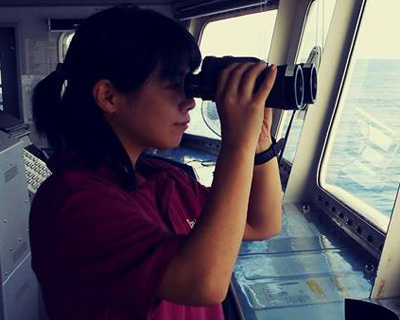About The Author

Gibi
Gibi is a seasoned seafarer with a remarkable decade of sea service. His maritime journey has predominantly unfolded in the waters of the Baltic Sea, North Sea, Bay of Biscay, and the Mediterranean on board tanker vessels.
His love for the mesmerizing beauty of the night sky, reading in front of the endless ocean, going on shore leaves at ports, and the serene drinking moments under the full moon is immeasurable.
The delightful steak and ice cream combo is a Sunday tradition he eagerly looks forward to.
As a seafarer, Gibi has amassed a treasure trove of stories and experiences waiting to be shared. His knowledge and hands-on expertise about the jobs on board has helped many fellow seafarers especially cadets to further their learning. He’s sharing his experiences now using this blog.
Presently, he has ventured into the realm of WordPress development, specializing in Search Engine Optimization.
If you aspire to elevate your website’s rank on Google and set sail for success, don’t hesitate to check him out on his LinkedIn profile and drop him a message.
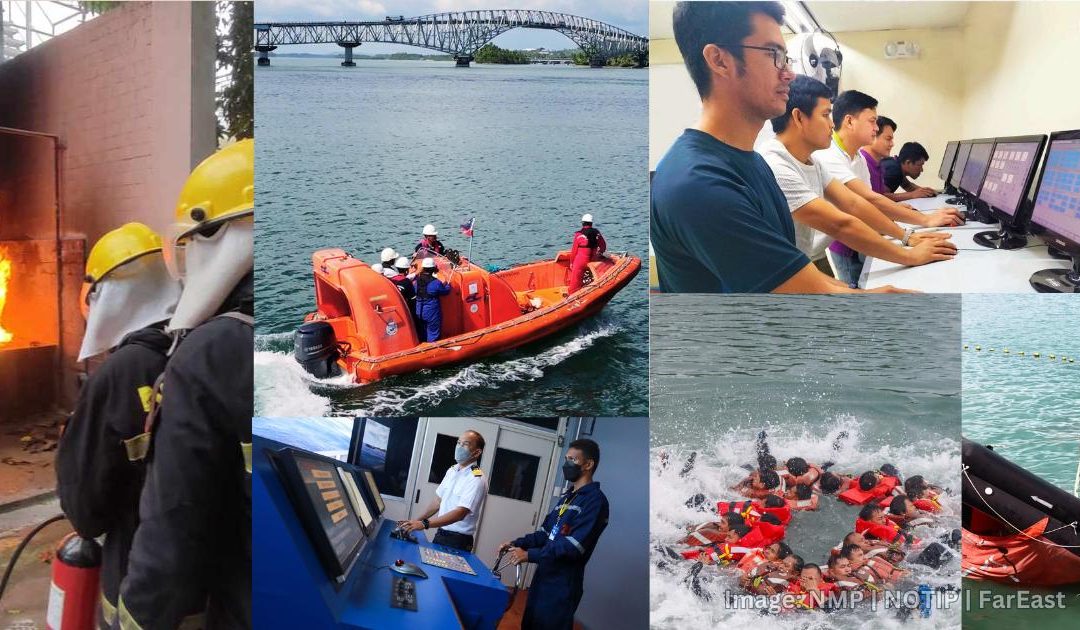
Minimum Requirements of STCW Training Courses Per Rank
Pursuing a career at sea requires extensive training and certification. The higher you progress through the ranks, the more courses you must take. If you want an overview of what training courses you must take for your future promotion, this article will guide you...
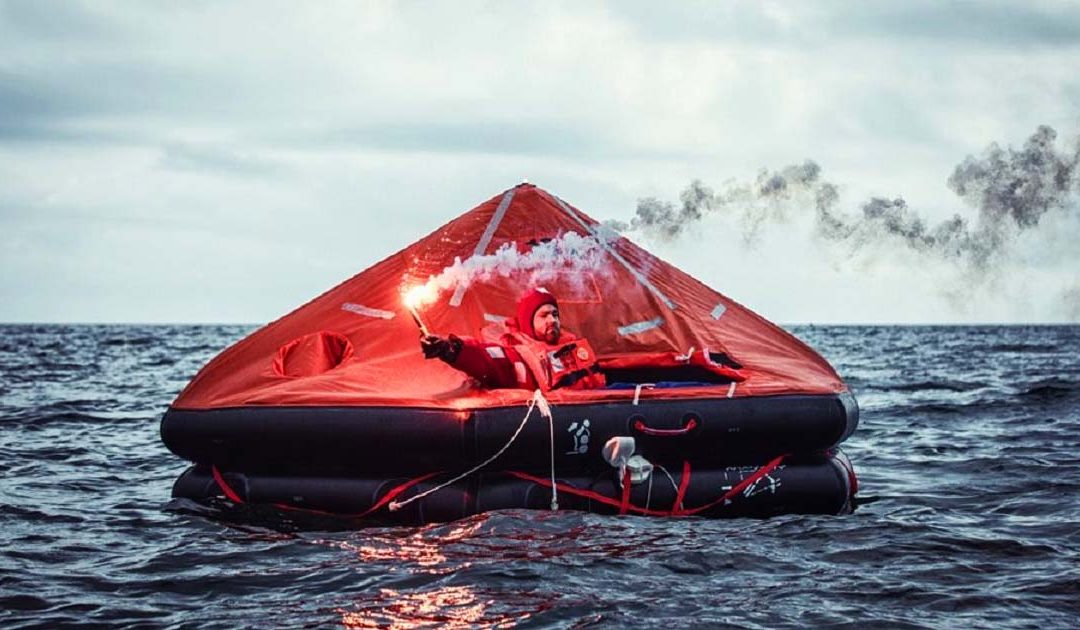
21 Distress Signals That Indicate a Ship is Asking for Help
Distress signals are among the most important communication tools on board every vessel. Because these emergency calls for help are universal, any seafarer should be able to tell that someone is in dire need of assistance. Over the years, the maritime industry has...
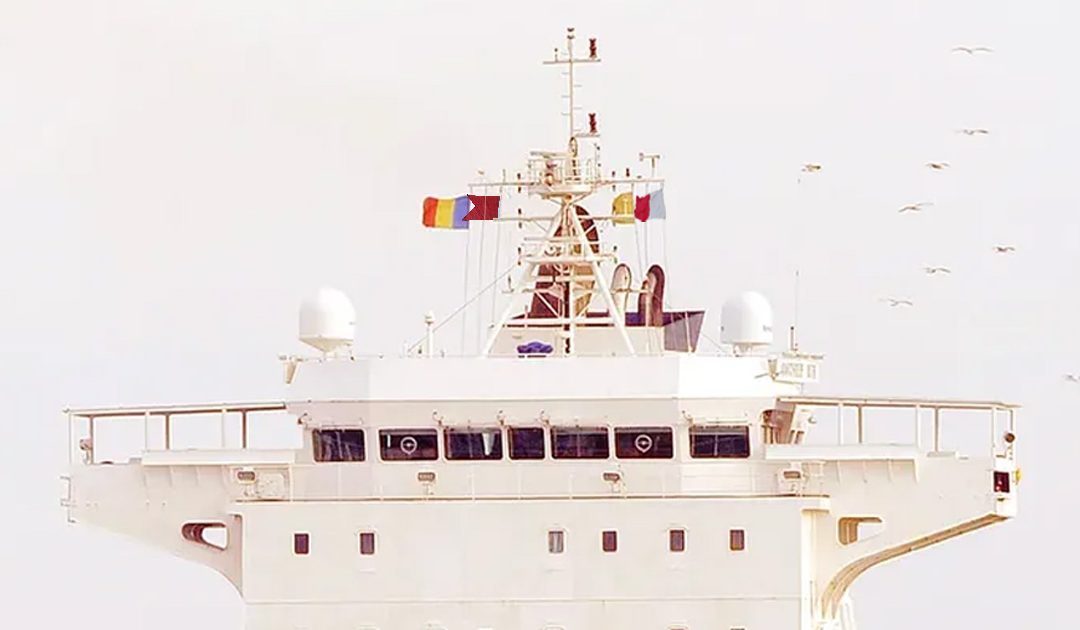
6 Most Commonly Used ICS Flag Signals On Ships
Flag signals are one of the visual communication methods that many merchant vessels use today. Whenever ships visit a port, you will always see these rectangular colored cloth hoisted on the forward or aft mast. Also referred to as colors, seafarers use nautical flag...
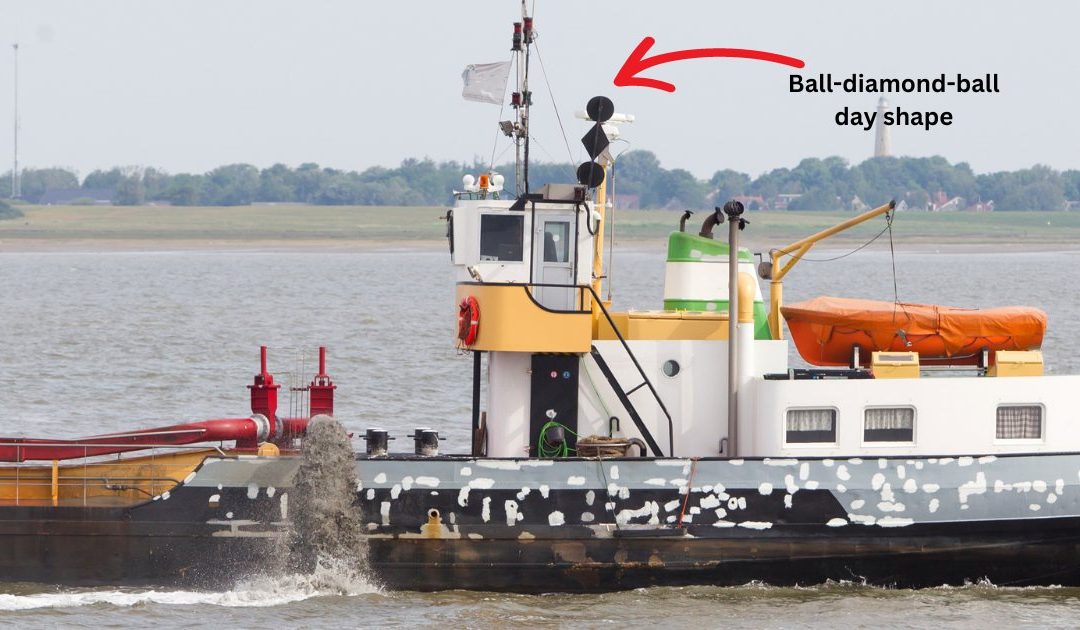
Identifying Ship’s Lights, Shapes, and Sound Signals
While many ships today upgrade their navigational tools to the latest technology, knowing the lights, shapes, and sound signals is as important as ever. You will find detailed explanations in Parts C and D of COLREGS or the International Regulations for Preventing...
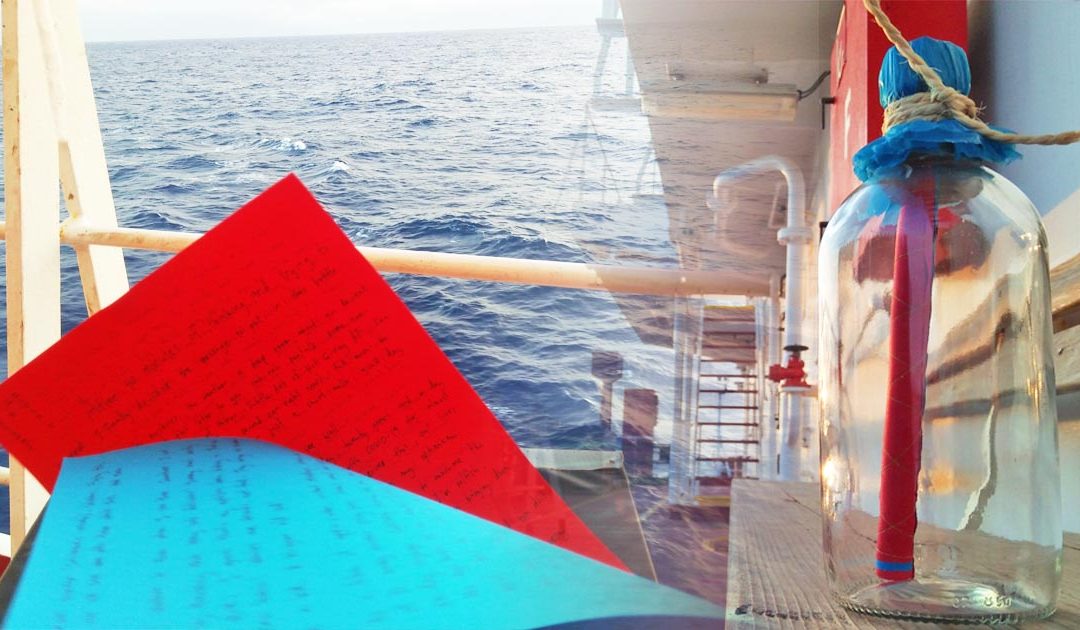
I Wrote a Message In a Bottle & Released It in the Middle of the Atlantic Ocean
I actually wrote three. But I don't know if the bottles or the messages inside survived. The bottle probably broke and sank under the sea after getting rammed by some boats. Or maybe the cap gave in, allowing water inside the glass and eventually burying it underwater...
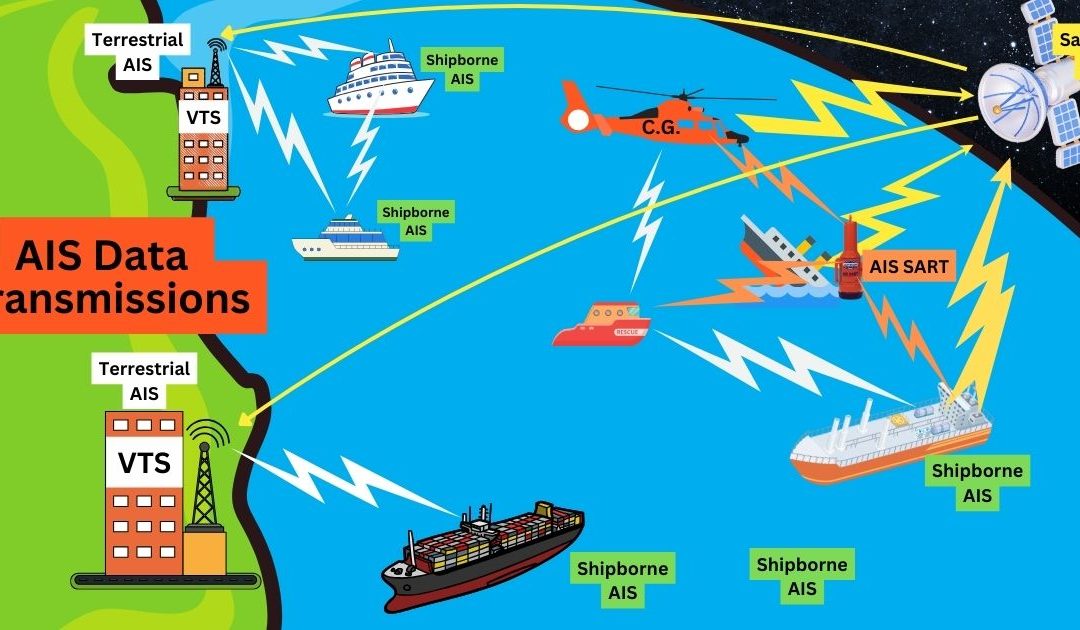
What is an Automatic Identification System (AIS)? Best Explanation
An Automatic Identification System (AIS) is a maritime communication technology that enables the automatic exchange of navigational information between ship-to-ship and shore stations, enhancing situational awareness and promoting safety at sea. As the name says, you...
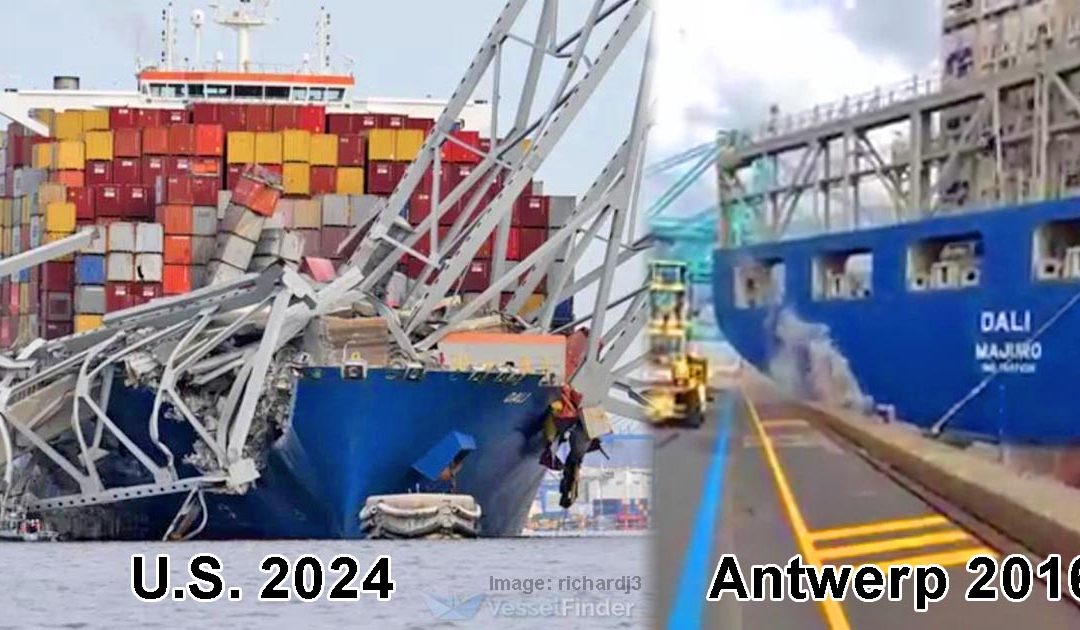
10 Facts About Dali, The Container Ship That Hit Baltimore Bridge
Dali is a 300-meter container vessel that collided with the Francis Scott Key Bridge in Baltimore, Maryland, USA. After the ship hit one of the concrete center pylons, the whole bridge collapsed, resulting in fatalities from construction workers that have yet to be...
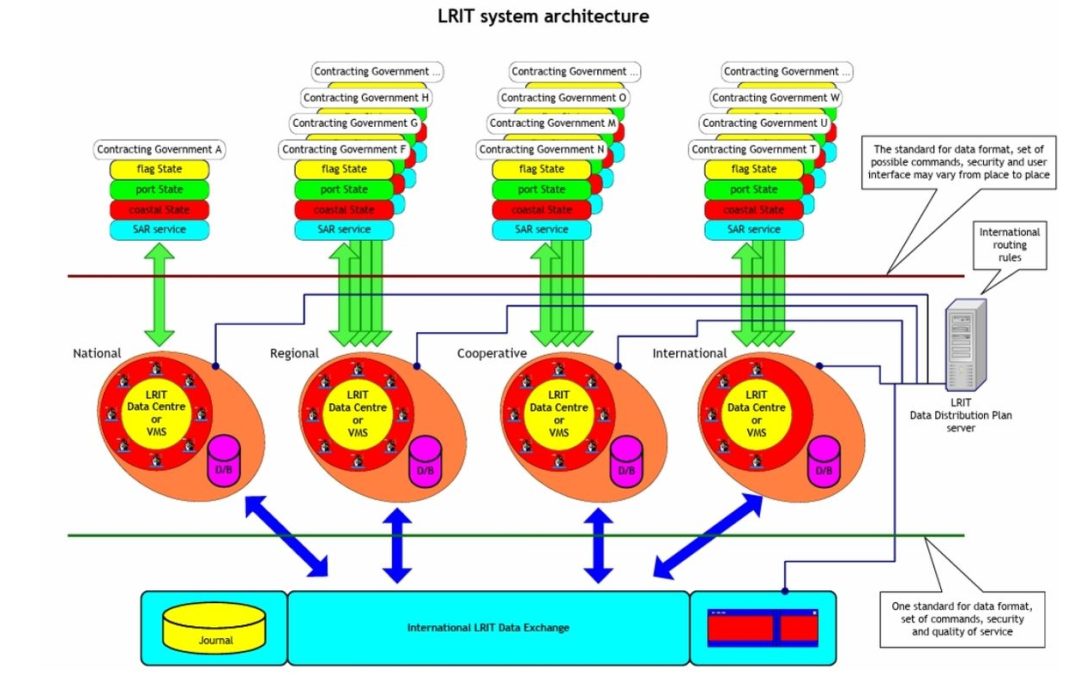
Understanding the LRIT System Architecture & the Flow of Data
The LRIT system architecture might seem like technical jargon for seafarers, but its basic knowledge offers valuable benefits. While fully automatic on board, the LRIT, or Long-range Identification and Tracking system, has a massive infrastructure behind it. Here, we...
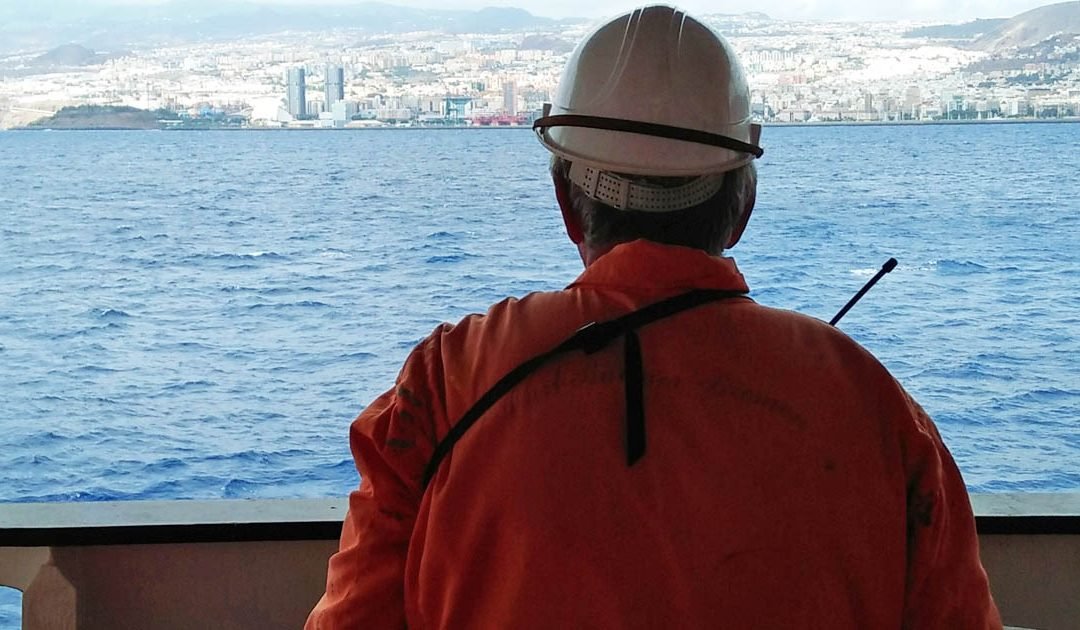
First Time Onboard? A Comprehensive Guide to Joining Your Ship
I recently received a comment from a reader about the embarkation process and how seafarers join their ships. His concern was valid, and I can relate to it, especially on my first contract as a cadet in the deck department. Do you know that uncertain feeling when...
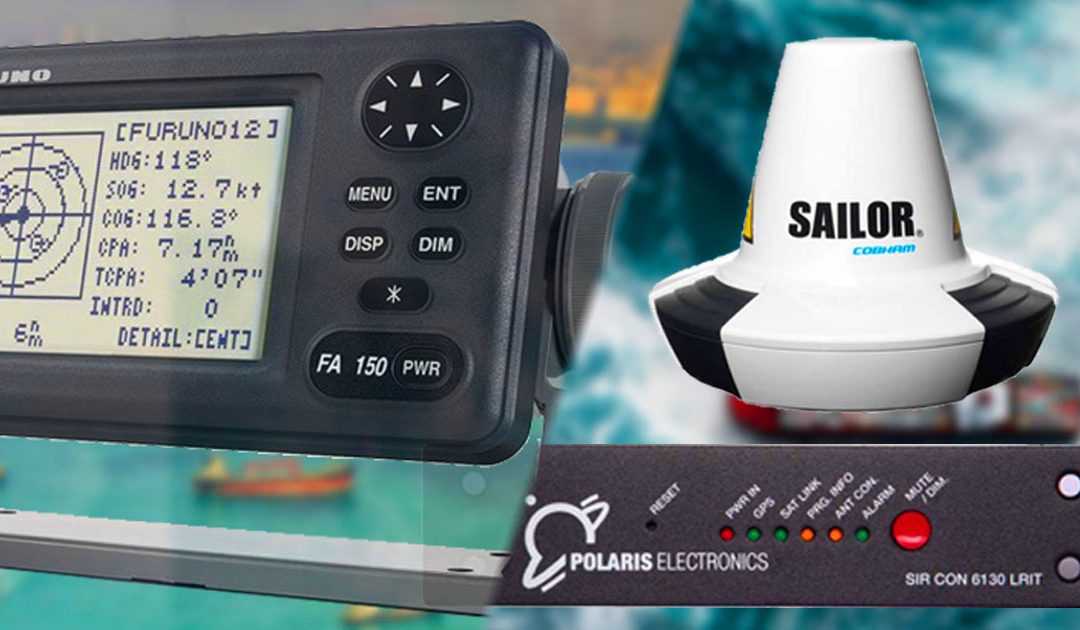
38 Differences Between an LRIT and an AIS
LRIT and AIS have many differences, especially in their functions and the purpose of their installation. While both equipment are used for tracking vessels, they have stark contrasting features that set them apart. The way they handle data and the recipients of those...
What is an LRIT or Long-Range Identification and Tracking?
Unlike conventional navigational tools onboard, LRIT operates with a unique functionality. Ships equipped with Long-Range Identification and Tracking system can transmit their identification and location data via satellite. However, they cannot receive the same...
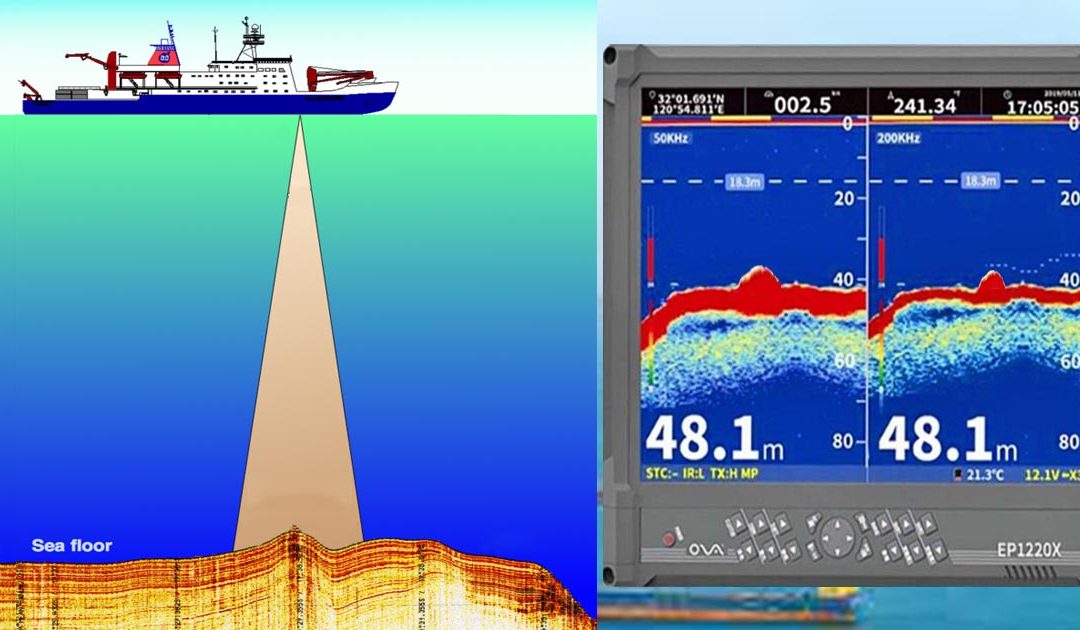
How Do Seafarers Use an Echo Sounder for Navigation?
Aside from being aware of what's happening on the sea surface, seafarers must also know if the water below is safe for navigation. That's where an echo sounder comes in. It is the only device on board that measures the depth of the water below the ship's keel in real...
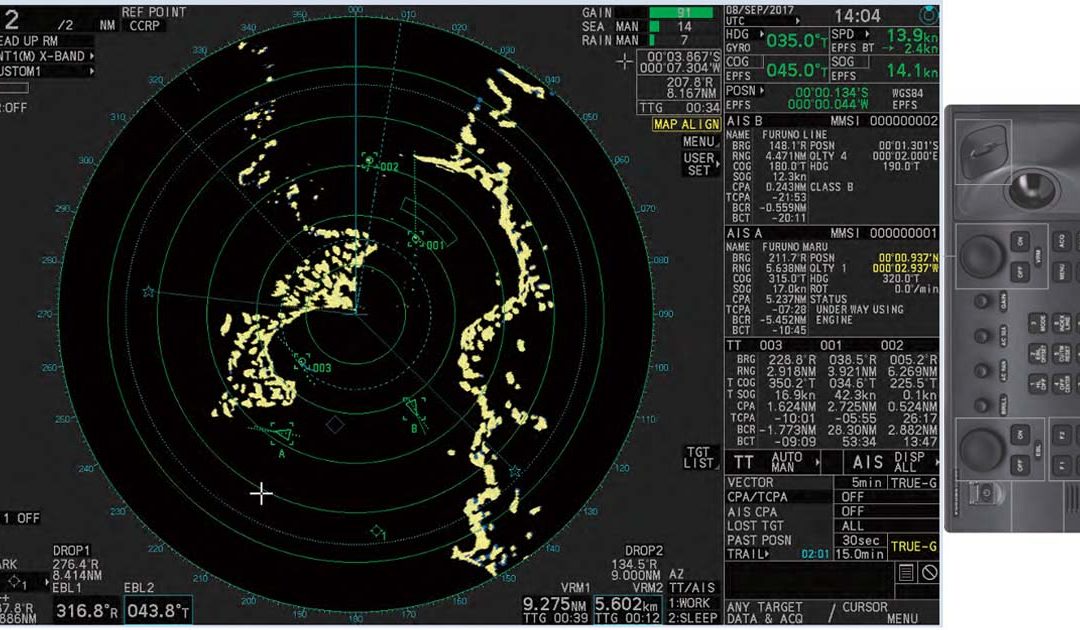
20 Automatic Radar Plotting Aid (ARPA) Functions You Must Know
An Automatic Radar Plotting Aid or ARPA is an essential tool for deck officers navigating the seas. It's a mariner's best friend for enhancing situational awareness and collision avoidance by automatically tracking and displaying the movements of target vessels. But...
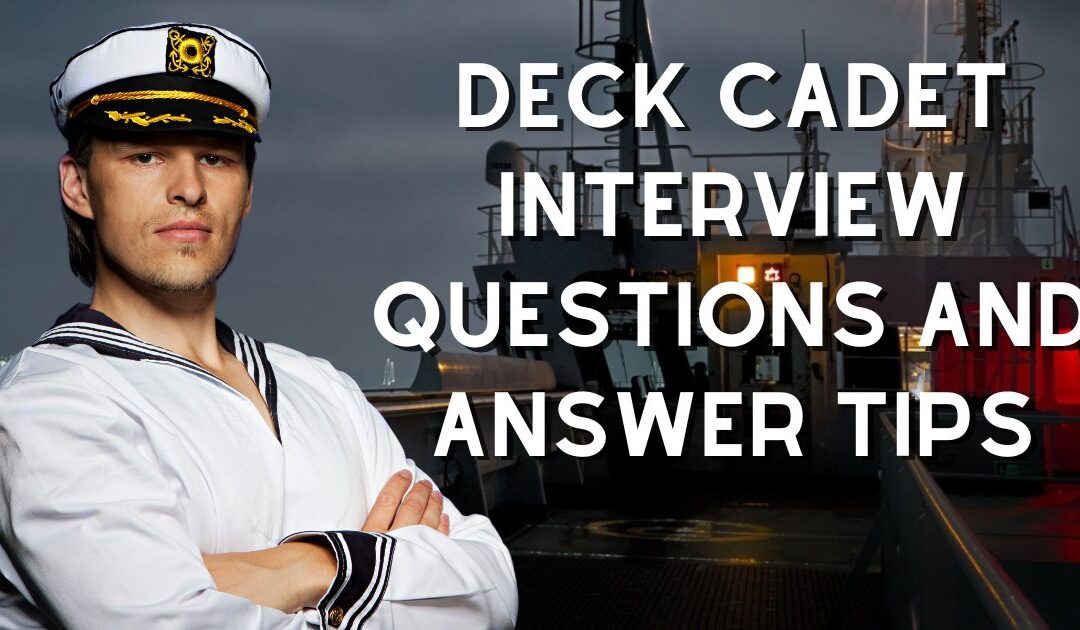
52 Most Common Deck Cadet Interview Questions & Answer Tips
A company interview is one of the most important stages of a deck cadet's journey for onboard employment. But despite its significance, many find this part difficult, even when answering the most basic interview questions. One reason is their unpreparedness; they...
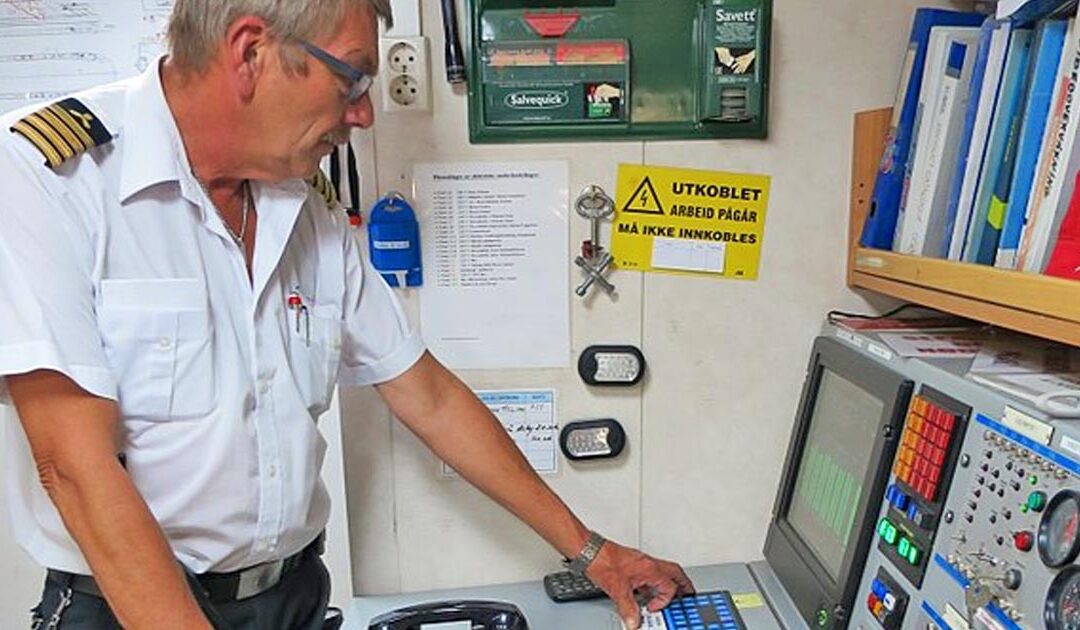
Chief Engineer Duties, Responsibilities, and Salary
A Chief Engineer, also known as ChEng, C/E, or Chief, is the head of the Shipboard Engineering Department. He is responsible for all operations and maintenance of all engineering equipment throughout the vessel. Think of him as the marine engineer's big boss with the...
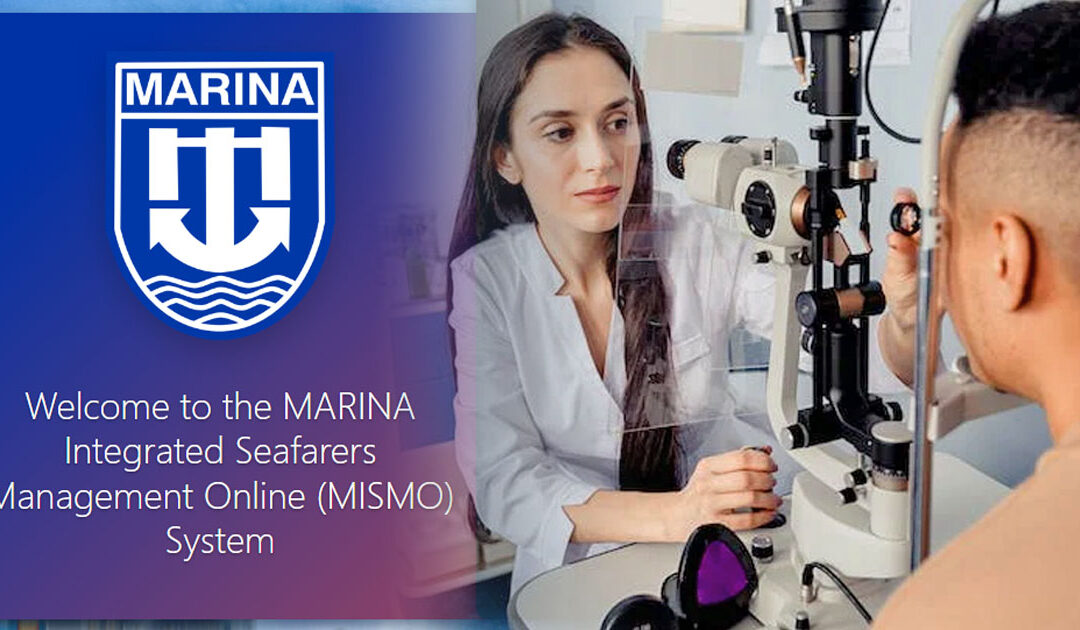
List of Medical Facilities & Practitioners Enrolled in MISMO 2024
As we all know, one of the requirements for processing our COP application in MISMO is a valid medical certificate in PEME format. Many seafarers often asked me if MARINA would approve the clinics they opted for. We’re about to answer that here. The good thing is we...
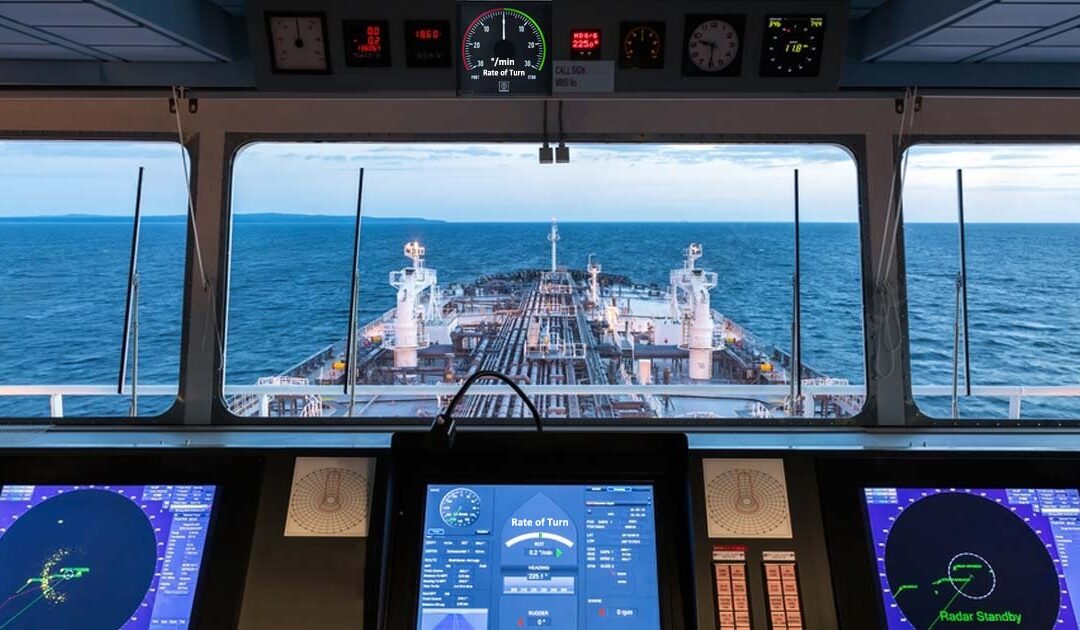
Rate of Turn Indicator (ROTI) – Regulations, Formula, and How to Use
The rate of turn indicator is helpful in many ways on ships, especially during channeling or significant course alterations. When I was a helmsman, I always took time to watch how my fellow ABs countered or stopped a ship's turn. One of my methods in using the rate of...
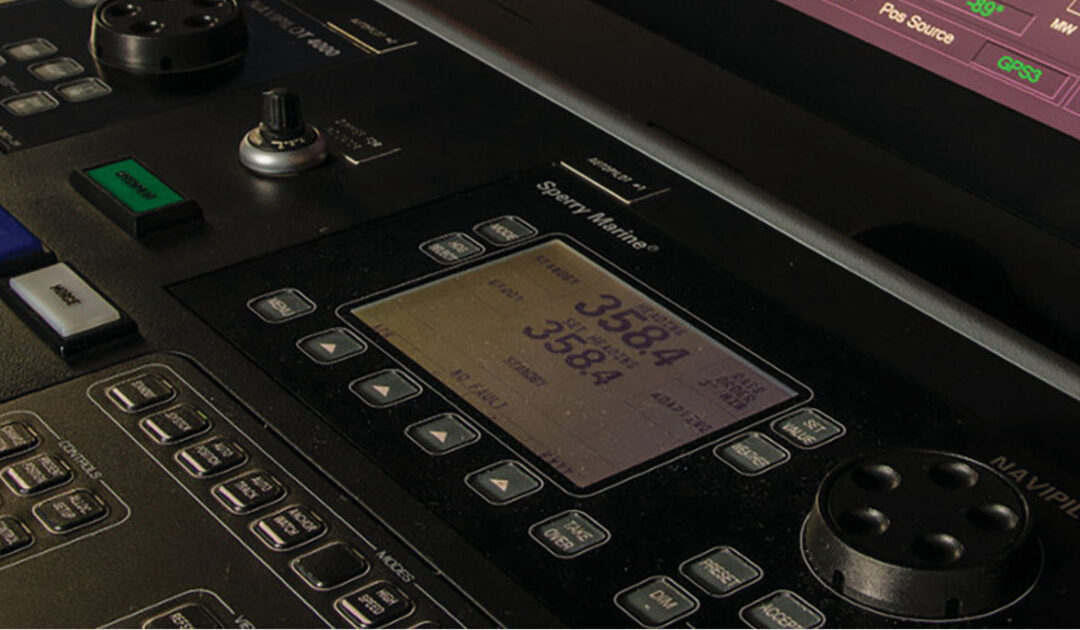
How Officers Use the Marine Autopilot System
The marine autopilot system is one of the simplest yet highly favored equipment inside the ship's bridge. In most instances, it is a favorite of every able seaman, specifically the helmsmen, since it relieves them on one of the most monotonous jobs onboard. But how do...
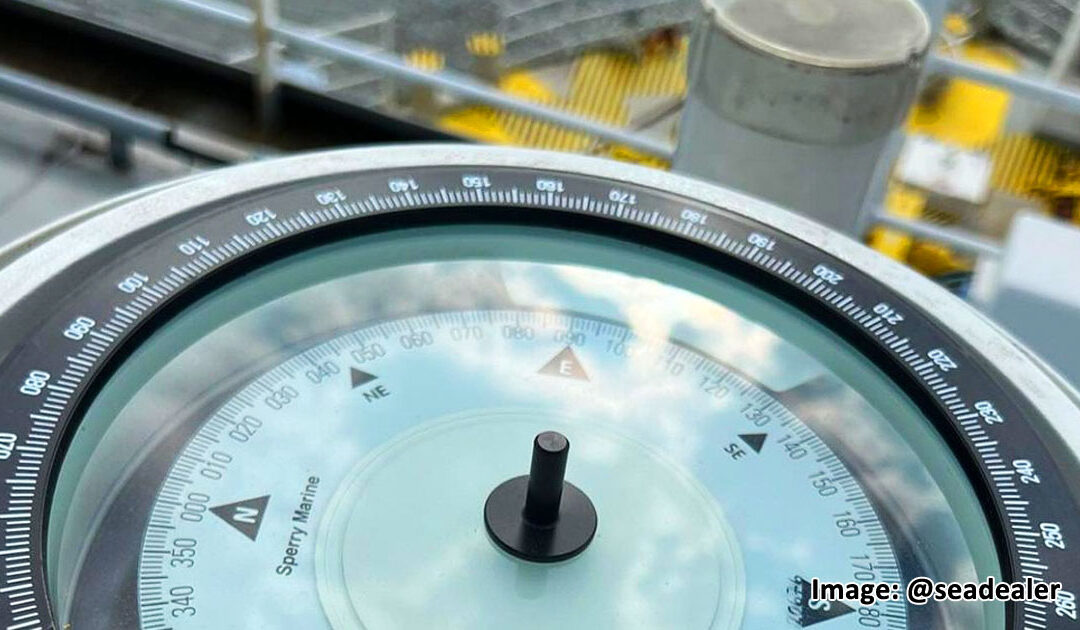
How Does a Magnetic Compass Work on Metal Ships?
The two words that seem contradictory here are magnetic compass and metal ships. We all know that magnets attract iron, and a vessel is a huge block of metal floating on the vast oceans. But every merchant ship of any type employs a magnetic compass that points to the...
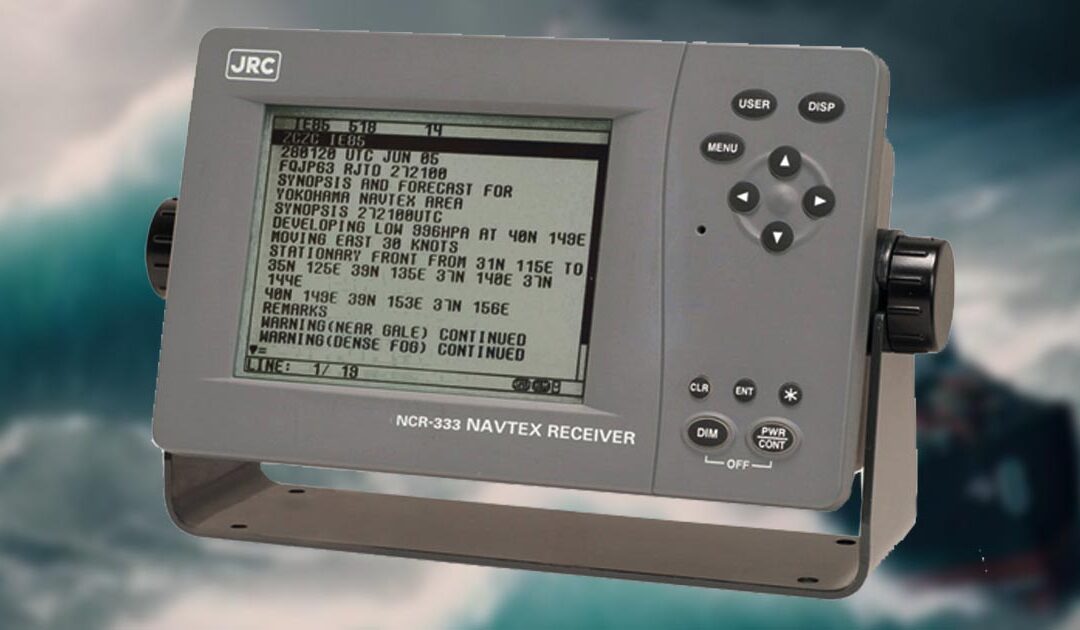
NavTex for Beginners: How Navigational Telex Works on Ships
One of the navigational tools seafarers use to keep them updated with the latest maritime safety information is NavTex or Navigational Telex. Even with ships using the internet and satellite communication, this equipment is vital on board and will still be in the...
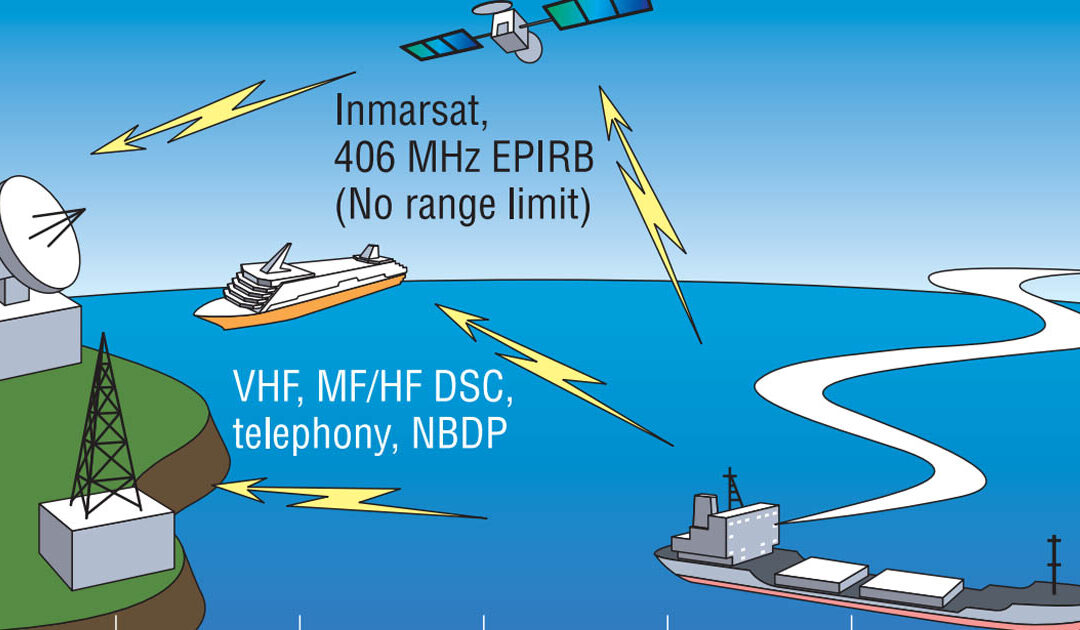
Components of Global Maritime Distress and Safety System (GMDSS)
GMDSS revolutionized the way seafarers navigate the seven seas. Before its invention, a ship can not leave the port if its Radio Officer is absent. Since every communication was sent and received via Morse Code, Radio Officers were responsible for decoding the dots...

